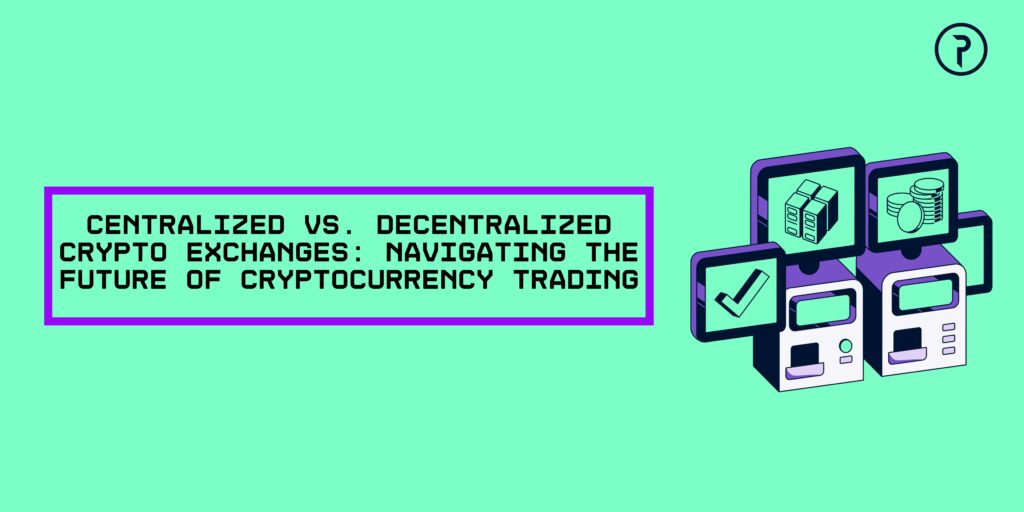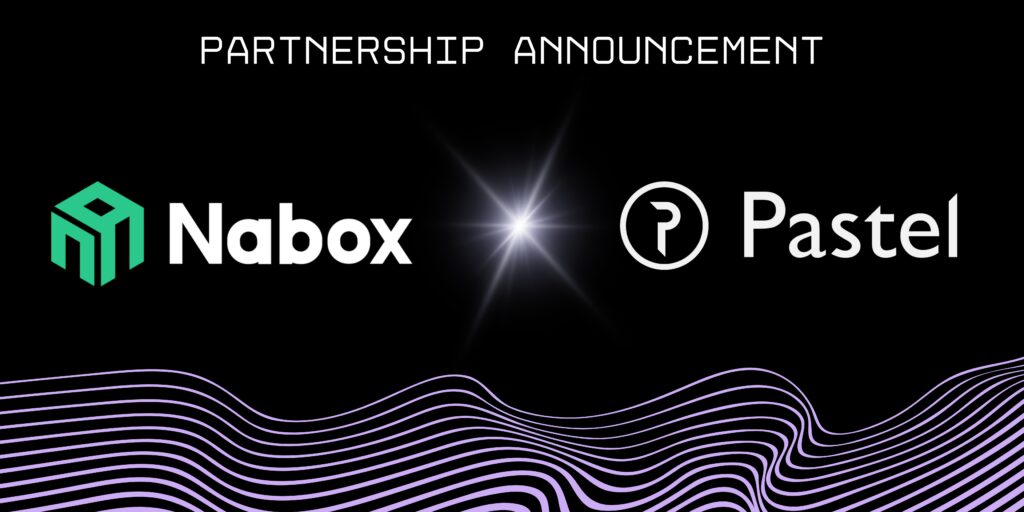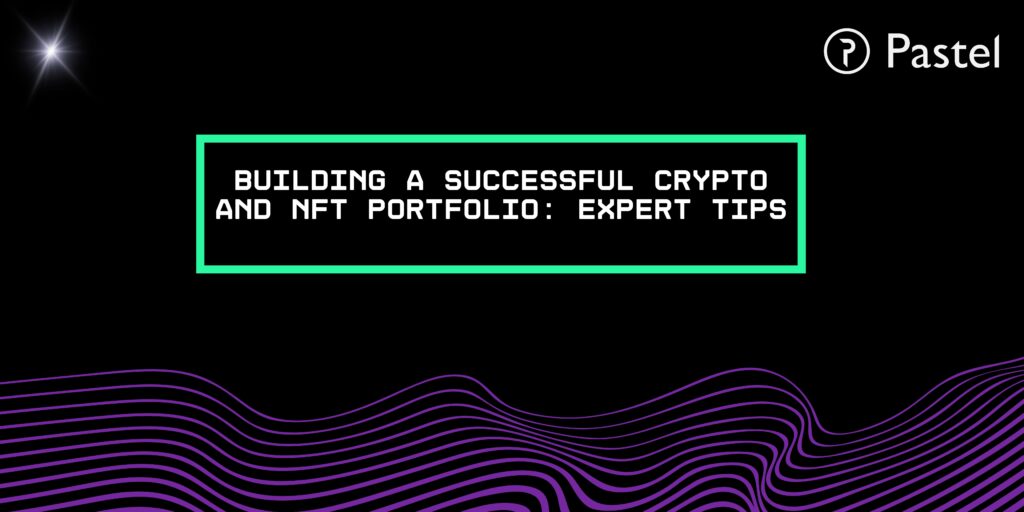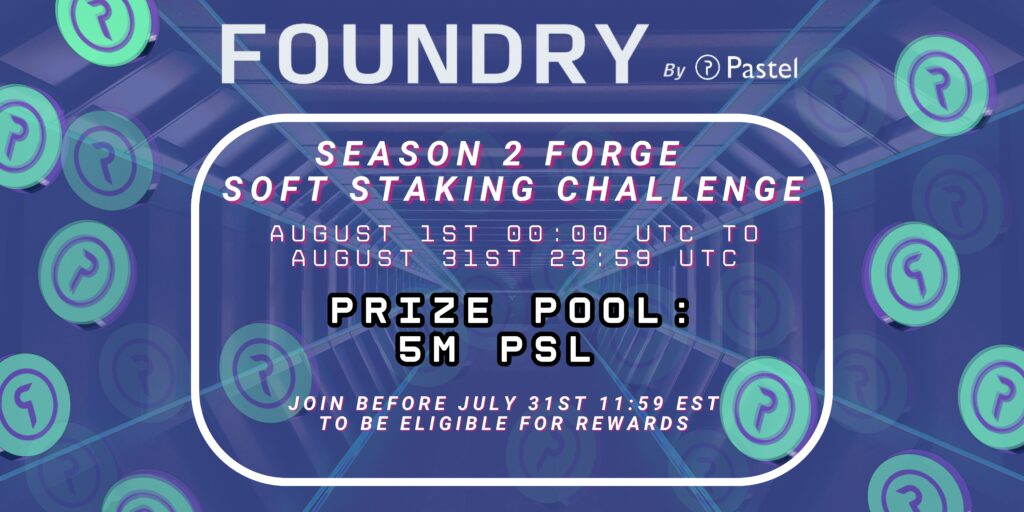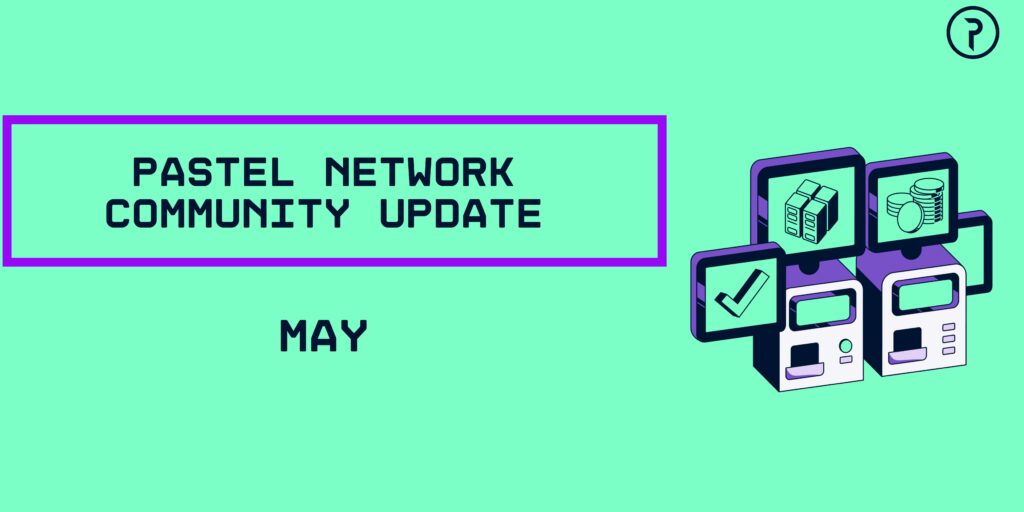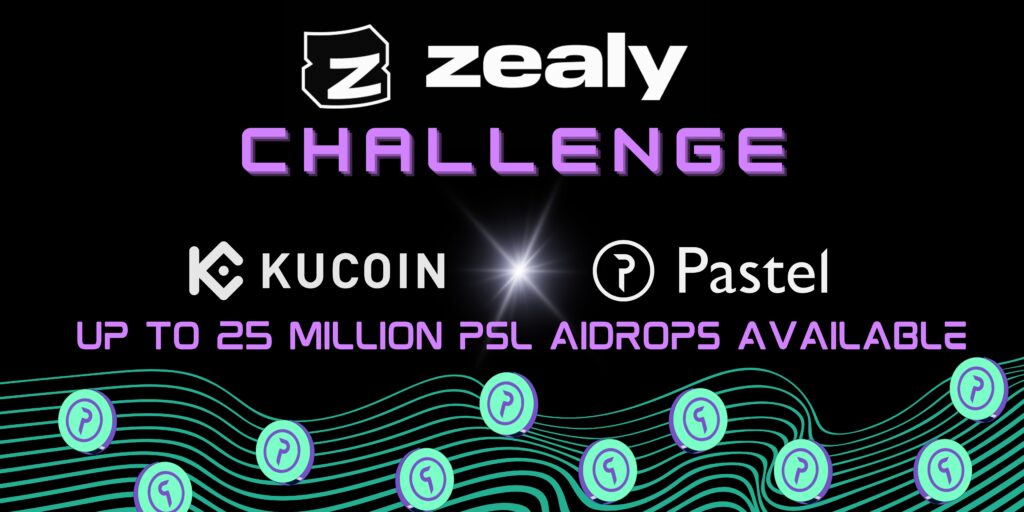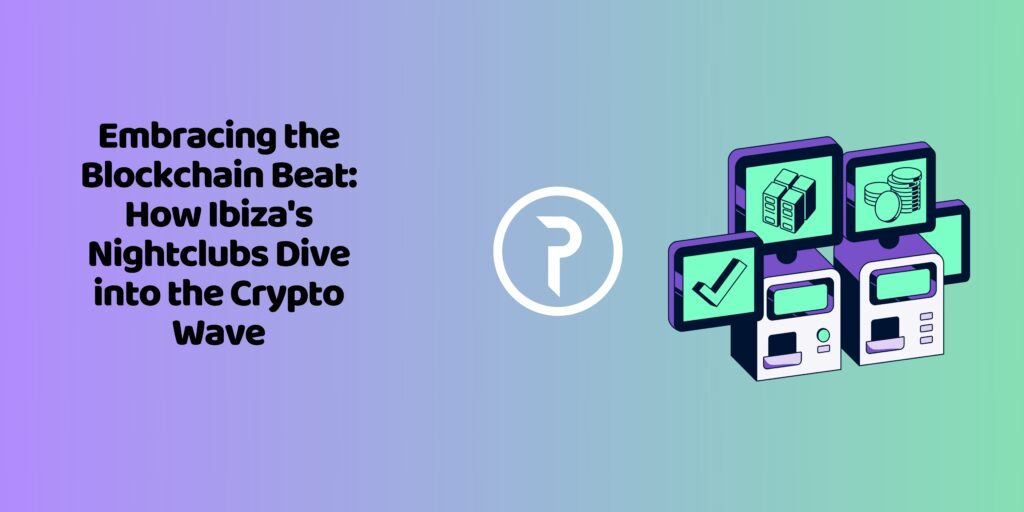Ethereum underwent a significant transformation with the Shapella update on April 12, 2023, introducing novel concepts in the form of Liquid Staking Derivatives (LSD) and LSDFI protocols. This update marked the culmination of Ethereum’s staking infrastructure, enabling stakers to efficiently add and withdraw their ETH holdings. Additionally, LSD platforms are fostering a burgeoning ecosystem, offering diverse benefits to ETH stakers. Amidst this evolution, Eigenlayer emerges as an innovative protocol that introduces a groundbreaking restaking feature. In this article, we delve into Eigenlayer, understanding its workings and the advantages it brings to the Ethereum ecosystem.
What is Eigenlayer?
Eigenlayer stands as a middleware protocol that introduces a novel cryptoeconomic security feature on the Ethereum network known as restaking. Users who stake ETH, whether on native or liquid staking platforms, can utilize Eigenlayer for restaking. In essence, restaking involves reusing staked ETH to bolster the security of other protocols, revolutionizing Ethereum’s security model by allowing ETH to concurrently secure multiple networks.
Cryptoeconomic Security employs economic incentives and cryptographic techniques to fortify network security, with ETH serving as Ethereum’s primary cryptoeconomic security instrument.
Eigenlayer essentially repurposes ETH staking to fortify various other Ethereum protocols. For instance, Layer 2 (L2) networks like Arbitrum can leverage Eigenlayer’s security, mitigating the need for costly recruitment of new validators. In this context, Eigenlayer functions as a security-as-a-service platform for a spectrum of Ethereum protocols.
Eigenlayer was founded by Sreeram Kannan in 2021 and recently secured a $50 million funding round led by Blockchain Capital on March 28, 2023, adding to its earlier seed funding of $14.5 million. Presently, Eigenlayer boasts a valuation of $64.5 million.
Before delving further, let’s clarify key terms related to Eigenlayer:
Validator: A computer responsible for securing the network and processing transactions on the blockchain. Ethereum validators stake 32 ETH and earn rewards for their services.
Staking: A mechanism wherein crypto assets are locked up to secure the network, with participants receiving rewards.
Restaking: The process of reusing staked ETH to enhance the security of other networks, a core feature of Eigenlayer.
Actively Validated Service (AVS): Denotes platforms, blockchains, or protocols that require validator services from Eigenlayer.
The Problems Eigenlayer Seeks to Address
Eigenlayer aims to resolve several challenges faced by development teams in the blockchain space. Notably, building a validator network for new networks on Ethereum is a costly endeavor. Developers often grapple with issues such as determining validator incentives (leading to high token emissions) and decentralizing validators. Eigenlayer alleviates these concerns by offering an alternative security solution.
Moreover, the proliferation of networks atop Ethereum has led to fragmentation and compartmentalization of network security, creating security vulnerabilities for protocols with limited or centralized validator networks. Eigenlayer steps in by providing pooled security services, enabling all protocols to benefit from its extensive decentralized validator network.
How Eigenlayer Operates
Eigenlayer empowers Ethereum validators to opt in and enhance the security of various other Ethereum networks through restaking, resulting in additional benefits from protocols utilizing Eigenlayer’s security services. However, the implementation involves various barriers, potential risks, and parameters to ensure the security of Eigenlayer.
Eigenlayer’s technology hinges on two pillars: pooled security via restaking and an open marketplace.
Pooled security involves the Eigenlayer protocol aggregating security from users and validators engaging in restaking. Ethereum validators can direct their staked ETH withdrawals to Eigenlayer’s smart contract, choosing which AVS (network using Eigenlayer) to validate. Consequently, validators contribute to security via Eigenlayer’s restaking mechanism, earning additional revenue for securing their chosen AVS. Nevertheless, if validators fail to fulfill their duties, the AVS retains the authority to slash additional ETH, thereby mitigating risks for both parties. This aspect is governed by the second technology pillar, the open marketplace.
The open marketplace fosters flexibility for AVS and validators in utilizing Eigenlayer’s collective security. Validators can select an AVS that aligns with their risk-to-benefit preferences. AVS platforms can also impose specific requirements on validators, such as expertise in decentralized exchange (DEX) validation. Furthermore, AVS can integrate their native tokens into the transaction validation process, enabling dual token staking. This dual-token approach adds a layer of security to the model.
In essence, these two technological pillars stimulate innovation by rendering pooled security accessible to all while granting discretion to participants through open market mechanisms.
EigenDA: Eigenlayer’s Data Availability Scalability Solution
Beyond collective security usability through restaking, Eigenlayer aspires to cultivate its ecosystem. EigenDA (Eigen Data Availability Layer) emerges as the first protocol within Eigenlayer’s ecosystem, playing a pivotal role in blockchain networks.
The data availability layer ensures swift access to the latest network data for all nodes. Any data that remains unpropagated renders blocks invalid and disrupts processing. Ethereum grapples with data availability issues due to network congestion, prompting nodes to compete for the latest data to achieve consensus.
EigenDA strives to resolve Ethereum’s data availability problem with a fresh approach. Ethereum’s current data bandwidth capacity is limited to 80 KB per second, while EigenDA promises an impressive capacity of 15 MB per second, nearly a 200-fold increase. Furthermore, EigenDA aims to achieve a staggering speed of 1 GB per second.
EigenDA leverages the Data Availability Sampling (DAS) method, a technique Ethereum itself plans to implement through the Danksharding update. With DAS, nodes need to download only a portion of the transaction data to reconstruct the complete block data. Collaborating with Eigenlayer, Mantle Network is one of the L2 networks working to integrate EigenDA.
Advantages of Using Eigenlayer
Eigenlayer Positive Feedback Loop: Protocols using Eigenlayer witness an increased value, resulting in higher profits for ETH restakers and bolstering the security value that ETH and Eigenlayer projects provide.
Alternative Solution for New Protocols: Eigenlayer offers a cost-effective solution for developers seeking Ethereum-level security without the complexity of building their validator networks.
Additional Yield for Validators and Users: Validators and users engaging in restaking benefit from increased yields while enhancing the capital efficiency of ETH within staking and LSD protocols.
High Flexibility: Eigenlayer grants substantial flexibility to validators and AVS through its open marketplace design, enabling them to select networks and set requirements.
Risks Associated with Eigenlayer
Systemic Risk to Ethereum: There are concerns that Eigenlayer’s outsourced security may have a systemic impact. If a significant number of validators secure the same network and encounter slashing, attacks, or hacks, it could trigger a cascading effect affecting Ethereum as a whole.
Higher Risk for Validators: Validators managing multiple networks may encounter varying requirements, potentially impacting their performance. The risk of slashing is elevated for validators securing multiple networks, potentially jeopardizing overall network security.
Potential Yield Race from AVS: Eigenlayer’s open market approach may lead validators to prioritize the protocol with the highest yield, potentially culminating in a race between protocols to offer elevated yields. This could foster centralization
Eigenlayer wrapped up
Eigenlayer represents a transformative addition to Ethereum’s ever-evolving landscape. With its innovative restaking protocol, Eigenlayer not only enhances the security of various Ethereum networks but also addresses critical issues surrounding cost, decentralization, and network fragmentation. While Eigenlayer brings numerous advantages, including increased profits for ETH restakers and flexibility for validators and AVS, it also carries certain risks that demand careful consideration. As the Ethereum ecosystem continues to evolve, Eigenlayer’s role in providing cost-effective and flexible security solutions, alongside its data availability innovations like EigenDA, will undoubtedly play a significant part in shaping the blockchain landscape. While the official announcement of Eigenlayer tokens remains pending, the enthusiastic interest from the crypto community suggests that this protocol’s journey is far from over, promising further developments and opportunities for participants in the Ethereum ecosystem.
